In 1932, J. O. Smith, Agricultural Engineer at Delta Branch Experiment Station in Stoneville, MS, attached a small anhydrous ammonia cylinder to a plow in such a manner that the NH3 was released in the soil. The plow, a Georgia Stock, was pulled by a gray mule named Ike. This was the first known use of anhydrous ammonia as a soil-applied crop fertilizer. The crude apparatus and the anhydrous ammonia it applied provided a much needed source of nitrogen for the otherwise rich alluvial soils of the Mississippi Delta.
1932
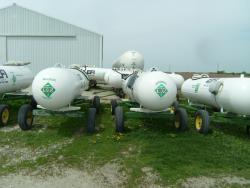
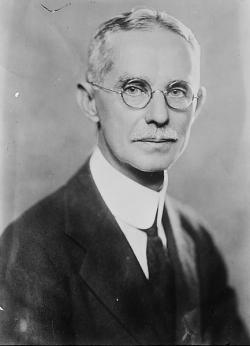
When Georgia chemist Charles Holmes Herty found a way to make quality paper from pine trees in 1932, he also founded an industry that brought much-needed jobs to the depression-crippled south. Paper producers had deemed the plentiful pine too gummy—until Herty's Savannah Pulp and Paper Laboratory wrote a new chapter in the ancient craft inspired by insects who built paper nests while dinosaurs roamed the earth. At its root, however, the papermaking process remained the same: the bonding of cellulose, a polymer whose long chains support plant cell walls.

The design of the Sydney Harbour Bridge closely resembles the Hell Gate Bridge over the East River in New York City, conceived in 1916 by noted engineer Gustav Lindenthal and his chief assistant, O.H. Ammann.
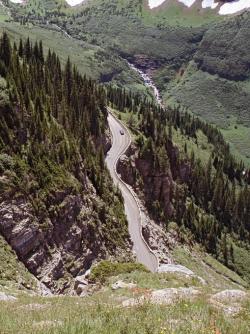
Considered one of the world's most scenic mountain drives, the two-lane Going-To-The-Sun Road through Glacier National Park was the first major road to be constructed directly over high mountain terrain, proving that roads did not need to be limited to mountain passes.
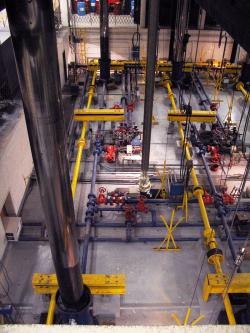
The precision "choreographed" staging of Radio City Music Hall offers size and versatility, unlike any other. Built in 1932 by Peter Clark, its innovative elevator system is a forerunner of other stage designs (including the Metropolitan Opera House) as well as aircraft carrier systems built in World War II. These elevators can handle people, animals, props and scenery at variable speeds, delivering them to the stage or above and also dropping out of sight in front to reappear again in the back, just as effectively.
Innovations
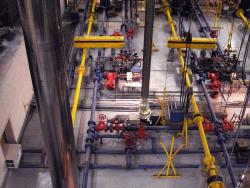
The precision "choreographed" staging of Radio City Music Hall offers size and versatility, unlike any other. Built in 1932 by Peter Clark, its innovative elevator system is a forerunner of other stage designs (including the Metropolitan Opera House) as well as aircraft carrier systems built in…
Read More
Considered one of the world's most scenic mountain drives, the two-lane Going-To-The-Sun Road through Glacier National Park was the first major road to be constructed directly over high mountain terrain, proving that roads did not need to be limited to mountain passes.
Glacier National…
Read More
The design of the Sydney Harbour Bridge closely resembles the Hell Gate Bridge over the East River in New York City, conceived in 1916 by noted engineer Gustav Lindenthal and his chief assistant, O.H. Ammann.
The Sydney Harbour Bridge, with a span of 1,650 feet, is not only the longest…
Read More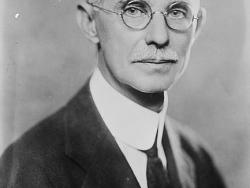
When Georgia chemist Charles Holmes Herty found a way to make quality paper from pine trees in 1932, he also founded an industry that brought much-needed jobs to the depression-crippled south. Paper producers had deemed the plentiful pine too gummy—until Herty's Savannah Pulp and Paper…
Read More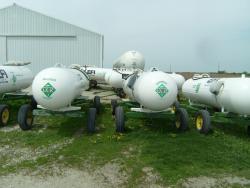
In 1932, J. O. Smith, Agricultural Engineer at Delta Branch Experiment Station in Stoneville, MS, attached a small anhydrous ammonia cylinder to a plow in such a manner that the NH3 was released in the soil. The plow, a Georgia Stock, was pulled by a gray mule named Ike. This was the…
Read More

